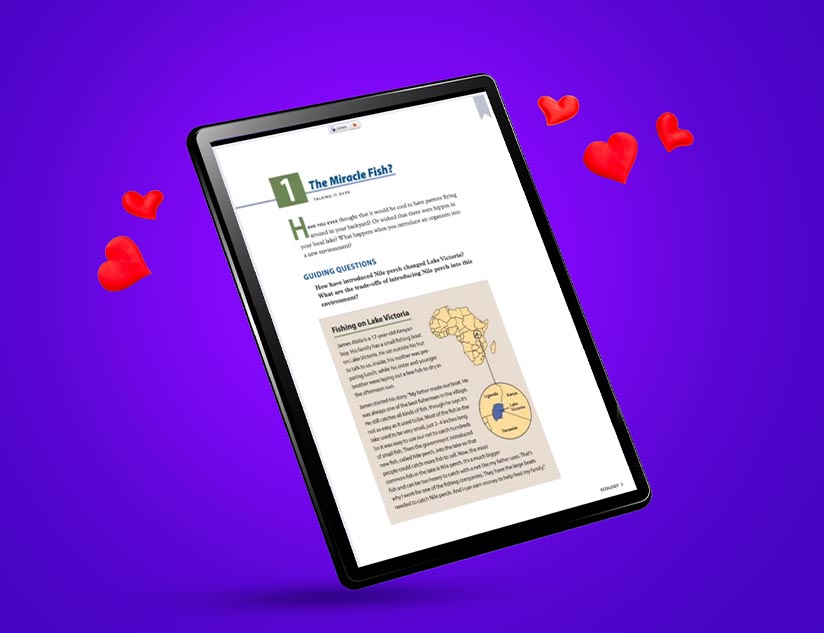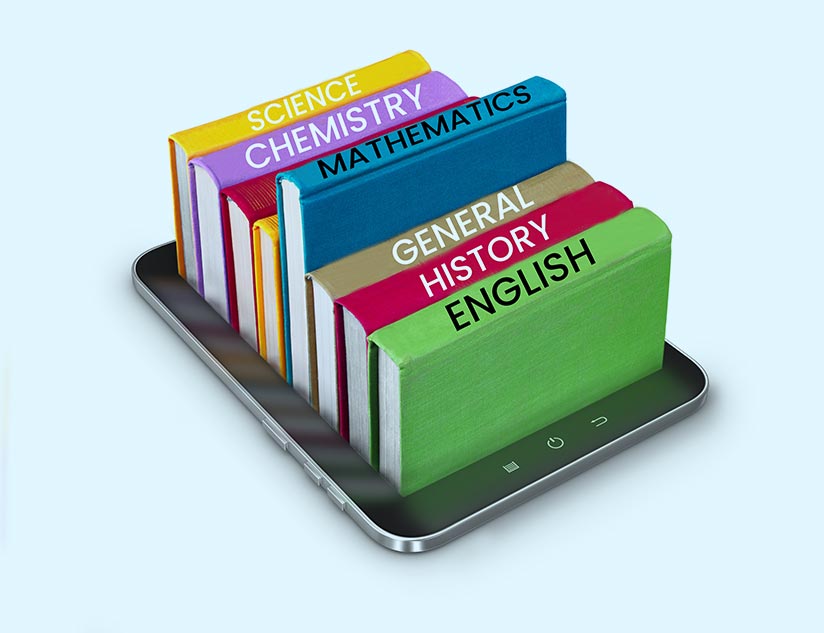Digital Publishing: A Solution for 21st Century Education System
April 2nd, 2019
Introduction
Like a spinning top, the U.S. educational system has struggled to maintain its balance in a complex world — pulled in different directions by those who would keep its traditional 20th-century values and those who try to pull it into the 21st. This balancing act has threatened to make the entire system obsolete. However, we have now reached a tipping point where the weight of government, schools, parents, and students is dragging the system into the future.
This demand poses great challenges for schools and great opportunities for digital educational publishers. One of the biggest issues with the current learning management systems is their complexity and user experience. Learning Experience platforms like MagicBox focuses on ease of use and provides solutions for both schools and publishers with its cost- and time-efficient end-to-end digital publishing and distribution platform.
Government and Digital Publishing
National and state government initiatives require the support of digital education publishers to ensure the demand for digital educational resources is swiftly met. The US Department of Education published “Reimagining the Role of Technology in Education” in 2017, leading with its proclamation that our school system must provide “transformational learning experiences enabled by technology.” This need is evidenced by online education courses that are available in 48 states and the District of Columbia. One such example is an K-12 virtual charter schools, which served 275K students in a school year. Statistics from the last year indicate that over 460K students took supplemental online classes, a significant increase from the previous school year.
Another sign of government support for technology-supported resources is that states, such as Illinois, have changed funding legislation from attendance to enrollment so that schools can count online snow days as learning days and not lose state funds. Government initiatives make the transition to digital possible, but only through the support of digital education publishing can our school system take this belated leap into the 21st century.
Schools and Digital Publishing
Digital Education supports the U.S. school system in its endeavor to conserve costs, provide equity and accessibility, and increase student engagement and performance. School and district administrators cite learning benefits of digital content, such as individualized instruction, independent practice, and student engagement. A key financial benefit to schools is the use of devices and digital content to deliver instruction during illness, snow or other inclement weather days so that schools don’t lose their per-student state funding. Also with digital resources, administrators don’t have to purchase two copies of print textbooks so that children have them at home and at school.
Digital resources supported by technology allow teachers to make educational decisions based on student data that is immediately accessible and visually organized for ease of use. According to research by Magloft, over 80% of teachers state the digital resources enrich their classrooms. Using a robust learning platform such as MagicBox, teachers can create personalized learning paths, managing and tracking student progress with real-time analytics. The myriad menu of digital resources that technology provides allows teachers to address the learning styles of their students through animation, live streaming, text, graphics, music, simulations, and games. The question is not whether digital resources are necessary but how fast can digital education publishers provide what schools need.
Home and Digital Education
Home use of technology and digital apps and assets also is helping drive the use of digital resources at school. Take, for example, the rise of ebook use at home. Parents with children in elementary and high school increased their use of digital readers from 14% in 2010 to 45% in 2018 and their children reported that they enjoy reading ebooks more than print books. An even more vivid example of home use of technology is that researchers at the University of Iowa found that 90% of two-year olds in their study had the ability to use a tablet. It’s no surprise that these habits have found their way into schools with ebook reading doubling between 2012 and 2018. Parents want schools to prepare their children for the present and future. Digital resources that are technology-supported are a requirement not a value-add. Digital publishing allows the school system to meet the demands of parents and families.
Digital Education: Opportunities for Digital Publishers
The perfect storm of opportunity exists for digital education publishers. Supporting the efforts of government, families, and schools digital publishing can support a rapid transition to technology-supported digital resources. Reduced publishing costs, connectivity, interactivity,
- A recent article in Forbes predicts that the global e-learning market will reach $325B by 2025, an incredible increase from $107B in 2015.
- Technavio analysts forecast that the U.S elearning market will grow by 15.64% by 2020 with a projected $48B market size.
- Analysts have suggested that in a short period of time all textbook spending will be on ebooks. In 2012, The Association of American Publishers estimated schools spent $8B on K-12 textbooks.
Leading the Pack: Magic Box
MagicBox is a leading digital platform provider with economic and practical solutions to the rapid turnaround from traditional to digital education. Using MagicBox, digital Educational publishers do not have to build the infrastructure to create, manage, and distribute digital content across multiple platforms to deliver to their teachers and students. It’s no surprise then that over 30 education publishers have partnered with MagicBox to sell and deliver digital education resources.
Over 3.7 million students use MagicBox worldwide. In 2018, over 2M students in North America used MagicBox’s mobile and web-delivered educational content. The number continues to grow as digital publishers recognize the increase in revenue as the time-to-market and cost decrease. Reach out to us to learn more about how we can help you jumpstart your digital publishing initiatives.
For more information, see the following resources
Anderson, P. (2018). StatShot annual publisher survey puts 2017 estimated US revenue at 26.2 billion. Retrieved at: https://publishingperspectives.com/2018/07/us-statshot-publisher-survey-2017-estimates-revenue/
Healy, M. (2018) Educational trends to watch in 2019. Retrieved at: https://www.psychologytoday.com/us/blog/creative-development/201812/educational-trends-watch-in-2019
Hourcade, Juan & L. Mascher, Sarah & Wu, David & Superti Pantoja, Luiza. (2015). Look, my baby Is using an iPad! An analysis of YouTube videos of infants and toddlers using tablets. Retrieved at:
Kozlowski, M. (2016). 80% of U.S. schools use e-books or digital textbooks. Retrieved at: https://goodereader.com/blog/e-book-news/80-of-us-schools-use-e-books-or-digital-textbooks
Mologinta, C. (2018). Educational publishing in America: The future is digital. Retrieved at: https://www.magloft.com/blog/educational-publishing-in-america/
National Science Board. (2018). Instructional Technology and Digital Learning. Retrieved at: https://nsf.gov/statistics/2018/nsb20181/report/sections/elementary-and-secondary-mathematics-and-science-education/instructional-technology-and-digital-learning
Office of Education Technology. (2017). Reimagining the role of technology in education: 2017 National Education Technology Plan Update. Retrieved at: https://lincs.ed.gov/professional-development/resource-collections/profile-902
Pew Research Center. (2018). Use of internet, social media, and device ownership have plateaued after years of use. Retrieved at: http://www.pewresearch.org/fact-tank/2018/09/28/internet-social-media-use-and-device-ownership-in-u-s-have-plateaued-after-years-of-growth/
U.S. Department of Education. Use of technology in teaching and learning. Retrieved at: https://www.ed.gov/oii-news/use-technology-teaching-and-learning














